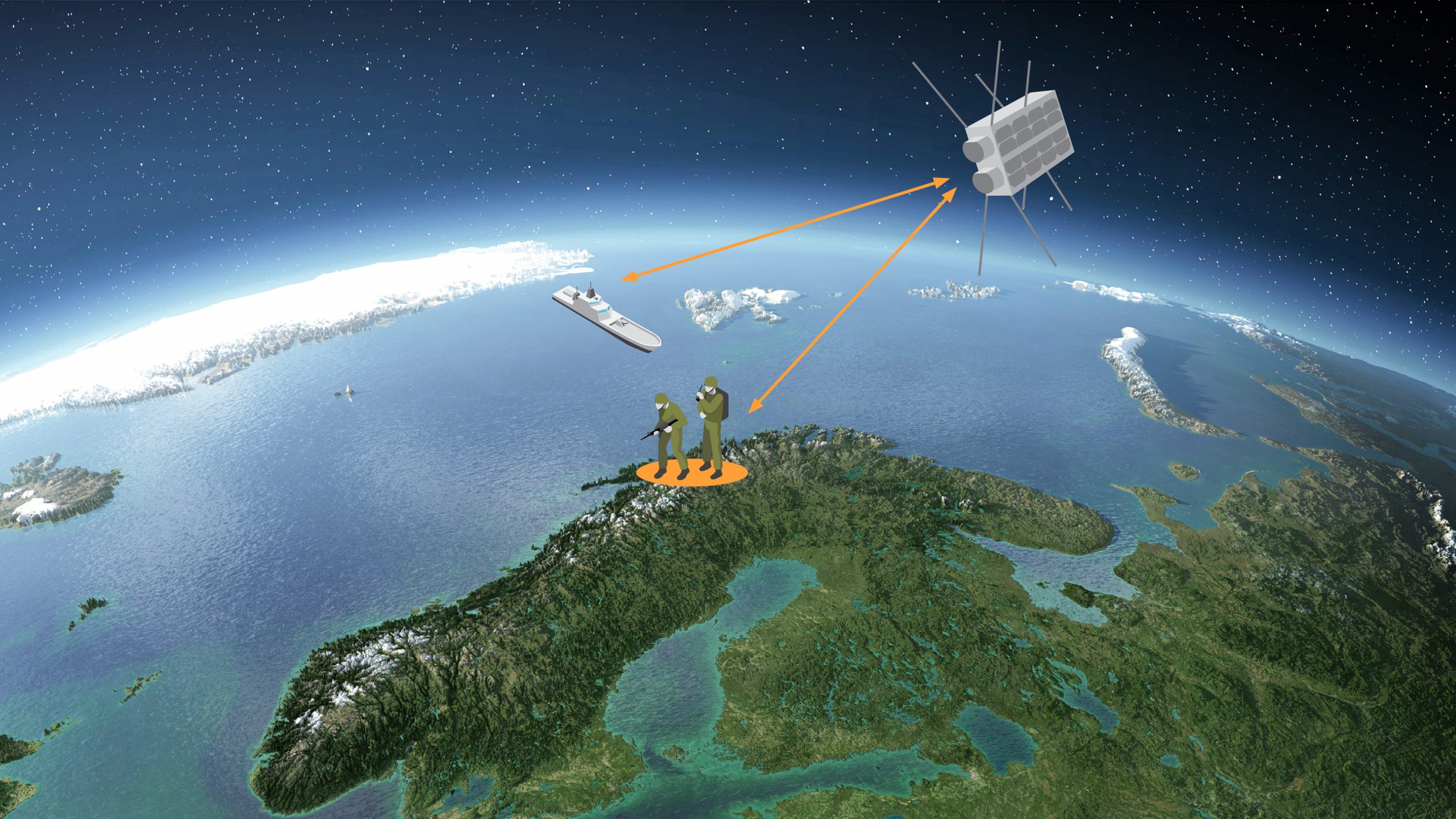Norway is to test new nanosatellites in a research project, said Chief Scientist Lars Erling Bråten at the Defense Research Institute in a press release.
“The satellite systems that exist today provide limited coverage far north. The goal is to have a new Norwegian system fully developed and tested in just two years,” Bråten said.
In October 2021, the test satellite will be launched. The satellite will be in low polar orbit and act as a relay for military communications equipment.
The test satellite that Danish GomSpace has been selected to develop and deliver will pass over northern Norway up to 15 times per day to investigate how such satellites can provide stable coverage and are used for tactical communications in military operations.
The contract with GomSpace is worth SEK 19 million ($2 million).
This is heavily influenced by increasing military capability in the Arctic.
Norway also wants to develop nanosatellites so as to utilize them tactically in the Arctic.
Existing SATCOM-systems does not fulfill the requirements for tactical utilization in The Arctic. This is in part due to limited coverage at high latitudes.
The Norwegian Defence Research Establishment (FFI) has started a two-year research project to solve these issues. The mission will demonstrate military Ultra High Frequency (UHF) tactical communications via a polar Low Earth Orbit (LEO) satellite. FFI has selected GomSpace to develop and build the satellite.
The test satellite is to be launched in October 2021.
The primary mission objective is to demonstrate the military use and relevance of an arctic satellite relay for tactical communication. In addition to demonstrating a complementary UHF SATCOM service in the North Sea and the Arctic, the mission seeks to demonstrate in-orbit functionality, including real-time communications relay and store-and-forward communications services. The system will support commercially available terminals.
For a polar LEO orbit of 600 km altitude, the satellite will be able to cover any point on the Earth’s surface at least four times per day. There may be as many as 15 daily passes at higher latitudes.
One of the project objectives is to test the ability to launch and start operations of a small satellite with an accelerated time schedule. The objective is to launch the satellite within 2 years from project start and 17 months after contract between the industry and FFI.
The mission’s aim isn’t to produce immediate results, but essentially find out what the current capability in the field is, what needs to be improved and what is realistically achievable in a proper timeline.
MORE ON THE TOPIC:







Russians already cry and rage (where’s my lone friend?)
Here I am Dwarf…wazzup?
No, the other account.
Nano-Sattelites vs. Hypersonic Nukes….Dwarfs vs. Giants…
WTF, Norway?? The US owns ‘space’ – Trump said so.
https://uploads.disquscdn.com/images/ee837dd69f049c08dfd00249337e78b0ddfecaac482459b67462f526861af741.jpg